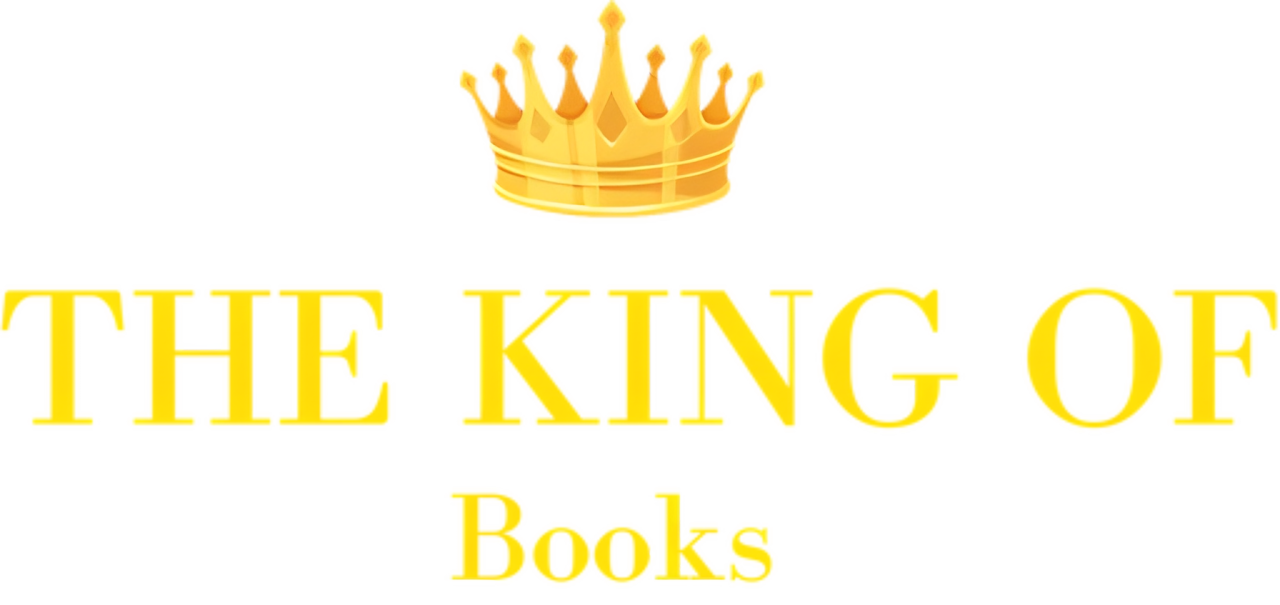
Intercultural and multilingual education
A number of chapters deal with the issues of multilingualism and multilingual education: scientific insights, research, developments, practice in schools, etc., each time linked to the value of pluralistic citizenship. Other chapters start from social and cultural identity: migration, conflict, environmental factors, etc., with a line to education and multilingualism.
A hundred years of multilingual education in Belgium shows that multilingualism is the egg of Columbus for educational innovation. A next chapter gives an overview of the multilingual education projects of Foyer Brussels and their results. Spain (Castilian, Basque, Catalan) is also a 'laboratory' for bilingual education. And what happens to all the newcomers in Quebec who are obliged to follow French-language education? In South Africa the situation is completely different. The recognition of various indigenous languages does not necessarily lead to their presence in education. Another chapter paints a picture of a changing but ambiguous attitude towards immigration in the traditional Western countries. This has consequences for education. A separate chapter is devoted to socio-political contexts, marked by outright conflict, open hostility and mutual hatred (Middle East, Northern Ireland). In these contexts it seems impossible to apply the intercultural (educational) methods as we know them. On the other hand, the book with three cases of children in Flemish urban areas also makes it clear that 'classical' educational models and pedagogical projects are no longer adequate. After all, children no longer draw the traditional dividing lines.
The book is a plea for cross-pollination between multilingual, intercultural, citizenship and peace education.

Free and fast delivery

Same day shipping




